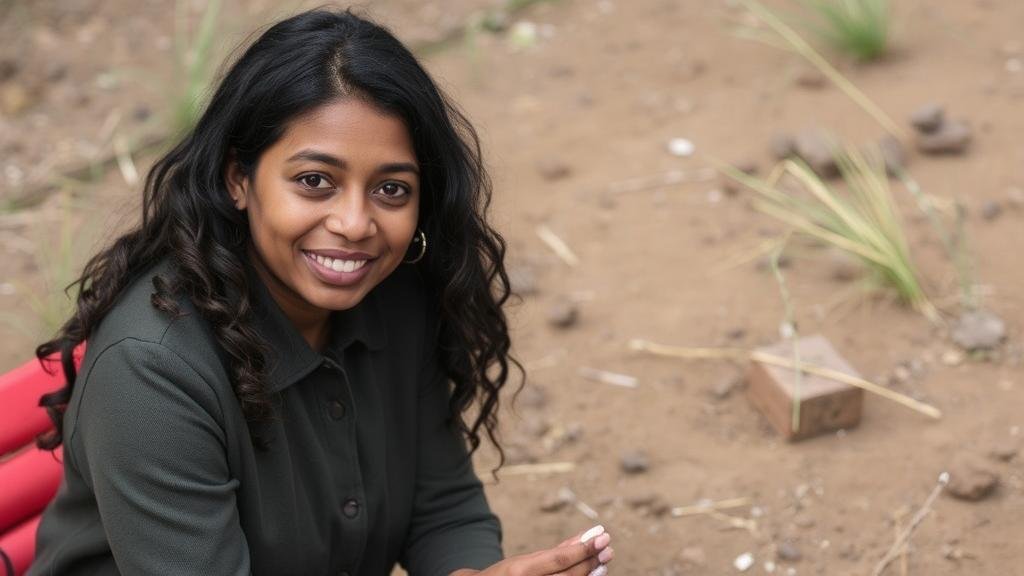Using Oral Histories from Local Communities to Uncover Hidden Artifact Sites
Using Oral Histories from Local Communities to Uncover Hidden Artifact Sites
In recent years, the incorporation of oral histories into archaeological research has gained significant traction. This method not only enriches understanding of local cultures but also serves as a vital tool for uncovering hidden artifact sites that traditional archaeological methodologies may overlook. Through collaborative engagements with local communities, archaeologists have discovered new narratives that illuminate historical landscapes.
The Power of Oral Histories
Oral histories are personal accounts and traditions passed down through generations. provide unique insights into local practices, beliefs, and history that are often absent from written records. For example, the North American Indigenous populations have preserved extensive histories through storytelling, which includes knowledge of ceremonial sites and their associated artifacts.
Case Studies
Several successful case studies illustrate the efficacy of utilizing oral histories in archaeological practices:
- The Tsimshian People of British Columbia: In collaboration with the Tsimshian community, archaeologists uncovered several hidden artifact sites dating back to 1500 CE. Oral traditions indicated the presence of a ceremonial house that had been obscured by modern development. Utilizing this information, field surveys confirmed the location, leading to significant archaeological findings (Atalay, 2012).
- Research in the Andean Highlands: A project led by the University of California employed local farmers oral histories to identify potential archaeological sites linked to pre-Incan cultures. The farmers shared stories of specific agricultural practices and land use, guiding researchers to areas previously deemed unproductive. This resulted in the identification of several sites boasting advanced irrigation systems (Fitzgerald, 2018).
Methodology for Incorporating Oral Histories
The integration of oral histories into archaeological research typically follows a three-step approach:
- Community Engagement: Establishing trust and rapport with local communities is essential. In-depth interviews, community meetings, and participatory methods enhance the relationship between archaeologists and community members.
- Documentation: Recording oral accounts is crucial, as it preserves the narratives for future analysis. This process often includes audio-visual documentation and transcription of the stories shared.
- Field Research Integration: The insights drawn from oral histories are then integrated into archaeological fieldwork. This may involve targeted excavation or survey work in areas identified through community narratives.
Challenges and Considerations
Despite its advantages, integrating oral histories into archaeological research poses certain challenges:
- Cultural Sensitivity: Researchers must approach oral histories with cultural respect. Some narratives may contain sacred information that should not be disclosed publicly.
- Validation of Sources: It is important to recognize that oral histories can vary widely. Researchers must assess the reliability of accounts, comparing them with other historical data and archaeological findings.
Ethical Implications
The use of oral histories raises ethical questions regarding ownership and representation. It is vital that local communities are active participants in the research process, rather than passive subjects. Researchers should ensure that the benefits of the findings are shared with community members, fostering a sense of ownership and continuity.
Real-World Applications
The application of oral histories extends beyond archaeology into heritage management and cultural preservation. For example, the United Nations Educational, Scientific and Cultural Organization (UNESCO) emphasizes the importance of integrating oral traditions in heritage projects, recognizing their role in understanding cultural landscapes. This has resulted in various successful projects worldwide that celebrate and preserve indigenous heritage.
Actionable Takeaways
For archaeologists and researchers seeking to incorporate oral histories into their work, the following steps are recommended:
- Build genuine relationships with local communities to foster trust.
- Engage in active listening during interviews to capture the richness of oral narratives.
- Document and analyze histories critically while respecting cultural sensitivities.
- Ensure ethical practices by involving communities in the research process and sharing findings equitably.
To wrap up, the integration of oral histories into archaeological research provides a profound opportunity to uncover hidden artifact sites and understand the cultural narratives associated with them. As this approach continues to evolve, it has the potential to significantly transform the field of archaeology and strengthen the connections between communities and their heritage.
References
Atalay, S. (2012). Community-Based Archaeology: Research with New Eyes. University of California Press.
Fitzgerald, J. (2018). The Importance of Local Knowledge in Archaeological Sites in Peru. Journal of Anthropological Archaeology, 52, 61-75.



